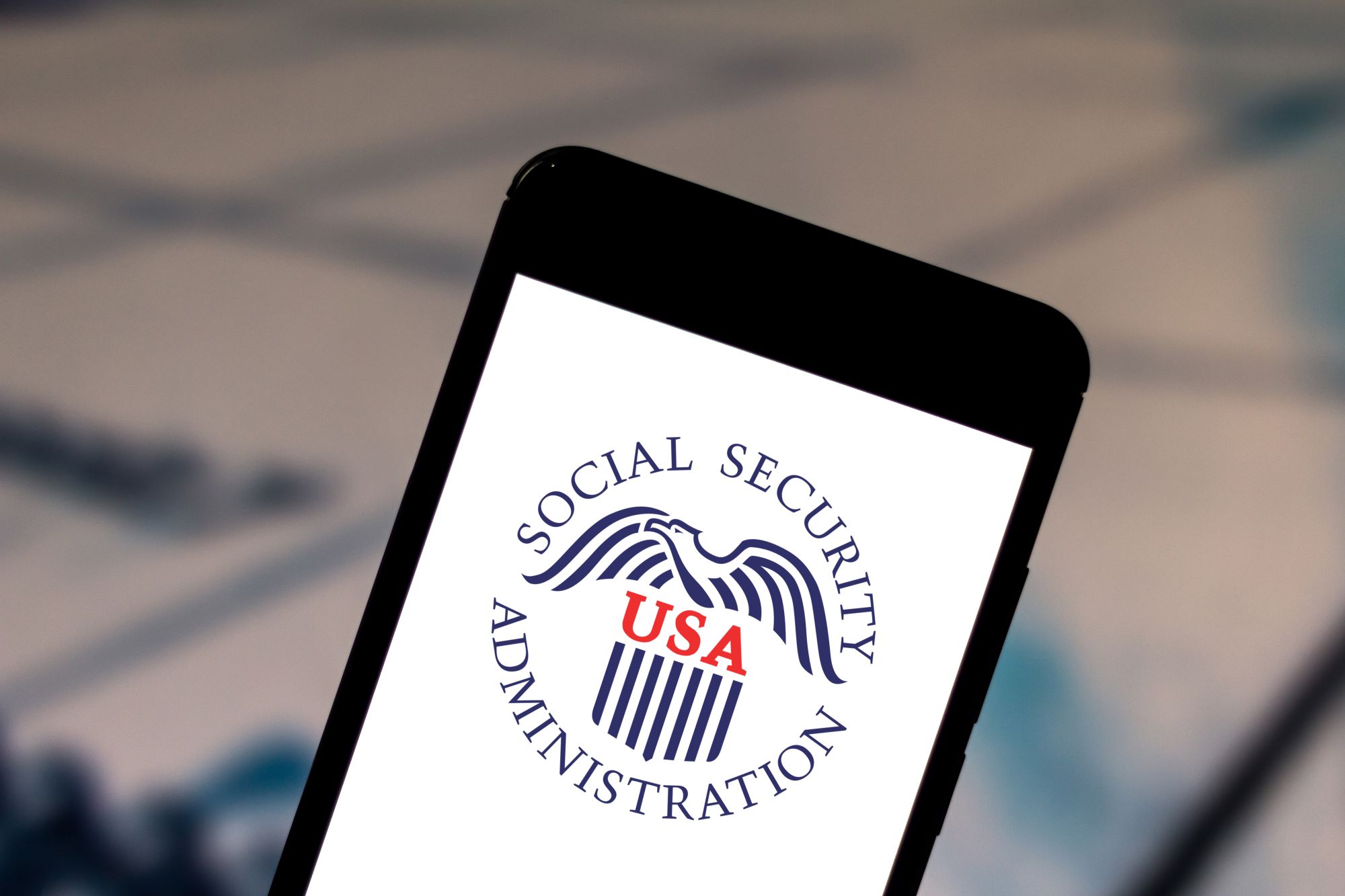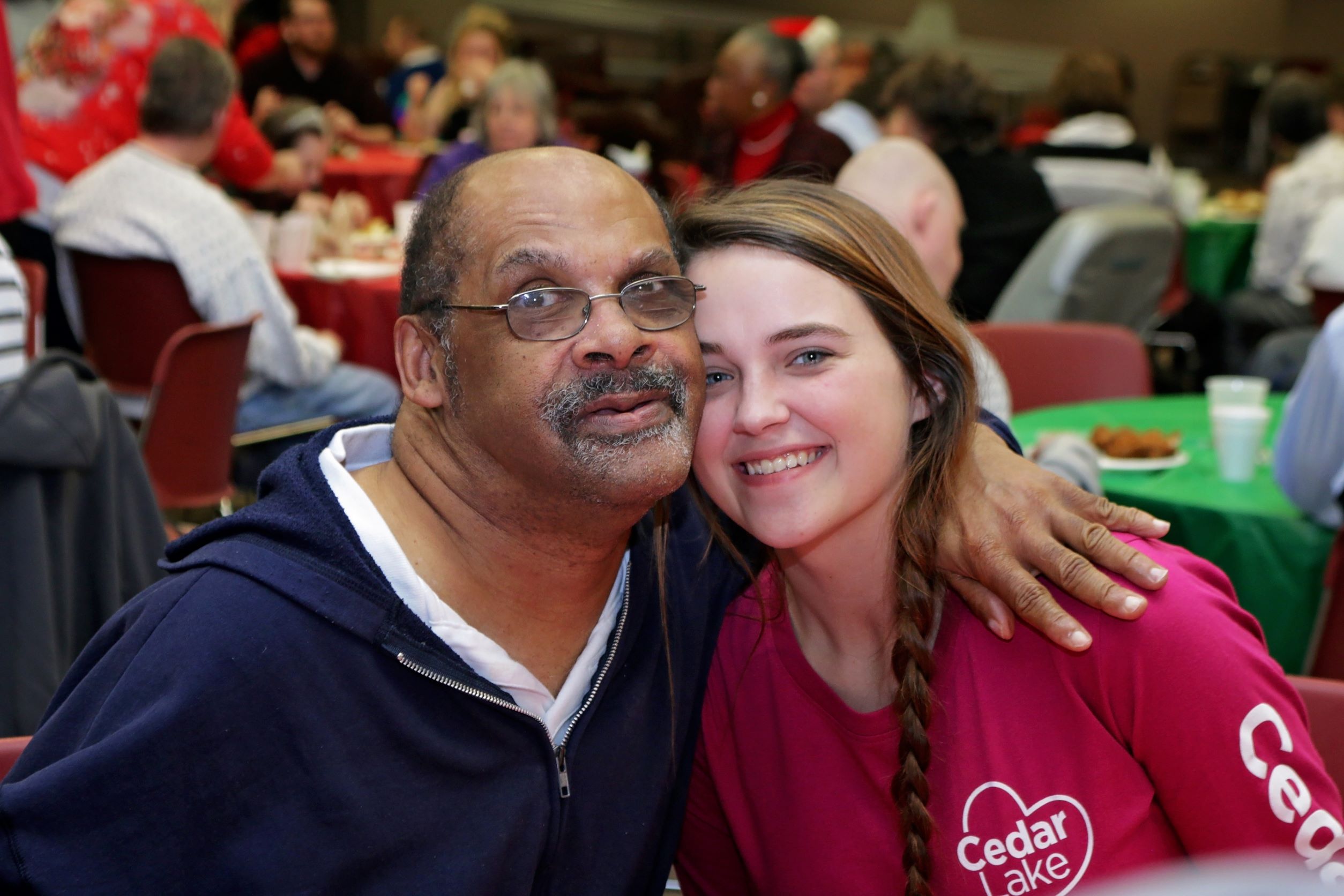With the rise of online grant search engines like GrantWatch, it’s easier than ever to find a grant for your disability service agency. At the same time, it’s much harder to get your grant application noticed.
Grant funders receive dozens if not hundreds of applications, and only about 1 in 10 is accepted on average, according to Professional Grant Writer. This means that it’s more important than ever for your grant proposal to be impactful. A strong proposal can get your project to the top of the pile, while a weak one can land your application in the trash.
In this article, we’ll outline seven ways to make your grant proposal stand out—even if you don’t have a grant writer at your disposal:
1. Follow the instructions
Following the grant application instructions is crucial to getting your proposal approved. However, you would be surprised by how many people miss this basic step. Failing to follow the instructions can get your application rejected even if you meet the eligibility requirements, so it’s important to read the instructions carefully.
Is there a certain format the funder wants your application to follow? Do you need to submit specific items with your application? For example, many funders will want to see a project budget that outlines how their money will be allocated, along with costs and income.
The initial screening will check your proposal to make sure each of these elements is included. At this stage of the application process, the panel is looking for reasons to reject proposals and winnow down the pile. Some funders even use computer algorithms that sift through grant applications to make sure they are complete, and weed out those that aren’t. If the screener or algorithm determines that your proposal is missing one of the required elements, your application will be thrown out.
2. Match the funder’s keywords in your proposal
Assuming your application makes it past the initial screening, it will then go to a panel of reviewers who will read and assess your proposal. The panel may review dozens if not hundreds of proposals, so it’s crucial to include keywords that will help get your proposal noticed. Keywords are specific words or phrases that highlight your eligibility and achievements. When reviewers read your proposal, they look for these keywords to see if your proposal is a good fit.
Look through the grant posting and see if any keywords jump out. Are there certain words that are repeated over and over? Pay special attention to the title and headings, since this is where the funder will likely put their most important keywords. You will want to be sure to use these words and phrases in your application. This makes it immediately clear that your proposal matches the funder’s priorities.
However, don’t go overboard and stuff keywords into your proposal or cut and paste phrases from the posting. Libby Hikind, founder and CEO of GrantWriterTeam, has been writing successful grants for over 25 years and recommends “using the same buzz words or similar language used by the funding source in their grant application, but not to the point where it seems that you don’t have anything original to say.”
3. Use data to your benefit
Chances are most applicants are going to kick off their proposals with a fairly subjective description of the reason they’re seeking funding. You can easily separate yourself from the crowd by using data instead to quantify the need for the project the grant will support and highlight your agency’s track record on meeting that need. Putting data in your proposal helps quantify the problem related to the project at hand, and shows the grant panel specific successes and accomplishments that relate to the grant you’re applying for.
The goal of using data is to prove that your practices are enhancing the lives of the individuals you serve. Consider how well each of these statements accomplishes that goal:
“New Horizons serves many individuals with disabilities, and helps them secure employment in the community and succeed at work.”
“New Horizons serves 345 individuals with disabilities, including 193 in employment services. The average hourly wage for those who are working is $13.84 and the average number of weekly hours is 11.5.”
This is why, as a grant applicant, you must know which metrics to use to measure your impact.
In addition, many funders will require grant recipients to report on their performance and how the funds have been used. Including hard data in your initial proposal shows the grant panel that you are prepared to collect and report this information. This helps them feel confident that you’ll be able to meet the requirements that come with receiving grant funding. If you don’t have the systems in place to accurately track the data you need, now might be the time to think about investing in specialized software designed for that purpose.
4. Polish up your online presence
If the grant panel is interested in your proposal, there’s a good chance the reviewers may want to know more about your organization. One of the first places they will go to learn more is the internet. What would they find if they were to Google your organization?
A strong online presence can help establish your credibility. Your website and other channels should present your organization as capable, knowledgeable, and forward-thinking. On the other hand, if your online presence is outdated or non-existent, the panel may lose trust and feel unsure about choosing you.
Plus, your website and social media pages are a great opportunity to enhance your reputation. The reviewers will look to see what you’re saying about yourself, as well as what other people are saying about you. Be sure to highlight your past accomplishments, any partnerships you have built, and testimonials and success stories. Eventually, all of this information may play a role in the panel’s decision.
5. Get to know the funding organization
When allocating funding, grant reviewers have the tough task of choosing between dozens of promising projects. Picking a project from someone they know and have interacted with before is an easier decision than selecting someone they’ve never met. Although it’s possible to get your project funded without knowing anyone at the funding organization, networking can only improve your chances of success.
Conferences and events are a great place to find out about funding opportunities and chat with people from these organizations. In addition to the conference itself, there are usually networking opportunities like dinners and happy hours after the event. Attending these events is another way to meet people who may be able to help you with your fundraising goals.
Of course, building a relationship with the funder won’t automatically get your application to the top of the pile. However, it can help you to better understand the funding organization, which in turn will help you make sure what you’re asking for aligns with their mission.
6. Get to the point
When you’re applying for a job, nearly every hiring manager will advise you to limit your resume to one page. Ignoring this advice and submitting a two- or three-page resume could cost you the job.
Likewise, grant funding applications may specify page or word limits, but even if they don’t, it’s wise to keep your application short and sweet. The U.S. Chamber of Commerce puts it this way: “If an application asks for specific information, provide it—and don’t go overboard.”
It’s tempting to want to use up all the space in the application or max out the word limit, but remember that the grant panel must review dozens of applications. They don’t have time to read through pages of fluff, so make sure your proposal is tightly edited and to the point. Just because something is interesting or impressive doesn’t mean it should be included. Only information and data that is directly relevant to the funding opportunity you’re applying for should make the cut.
7. Serve as a grant reviewer
All of the tips above will help as you’re thinking about what to include in your grant proposal. However, an even better way to understand what reviewers want to see in a proposal may be to serve on a grant panel as a peer reviewer.
Peer reviewers are independent subject matter experts who review grant applications and score them against specific criteria. Their feedback helps determine which projects are awarded funding. By sitting on the other side of the table as a peer reviewer, you’ll gain a closer understanding of what gets a proposal noticed—and what hurts the chances of winning a grant.
Many federal agencies, such as the Administration for Community Living (ACL) and Substance Abuse and Mental Health Services Administration, accept applications for grant reviewers. Anyone can be a peer reviewer, as long as you have knowledge and experience that is relevant to the grant opportunity. Just remember that neither you nor anyone in your organization can serve as a peer reviewer for a grant opportunity you plan to apply for.
The takeaway
By following the advice above, you can strengthen your proposal and improve your chances of getting your proposal selected—even if you don’t have a grant writer at your disposal.
Kirstie MacArthur is Director of Sales, Growth Marketing & Business Development at SETWorks. She can be reached at [email protected]. Kirstie is passionate about educating and empowering teams to embrace implementable tactics they can use to maximize their business potential. Audiences love her practical insights and fresh approach to business management.
Stay Informed on the Latest Research & Analysis from ANCOR
More News
Industry Insights: April 2024

SSA’s Overpayment Overhaul

Stateside Report: March 04, 2024



